Jay Yadav MD & CEO, Cardiomems
Interview with Jay Yadav
1.Please explain your technology and why it is innovative.
In the past 20 years, the number of reported heart failure cases in the United States has almost tripled, as the number of fatal coronary deaths has been cut in half leaving more patients alive but with damaged heart muscle. Heart failure is the most common cause of hospitalization and the largest single item in the Medicare budget. There is a great need for proactive management of heart failure patients so they do not require such frequent and potentially life-threatening hospitalizations. Measuring intracardiac pressure is critical to managing heart failure, just as measuring blood glucose levels is critical to managing diabetes.The most common method of measuring intracardiac pressure is right heart, or Swan-Ganz catheterization, an inpatient procedure in which a hollow tube is snaked through the heart and into the pulmonary artery. While effective, this is a very invasive procedure that cannot monitor pressure on an ongoing, chronic basis, which is definitely needed as the number of survivors leaving hospitals increases. To address this issue and develop a device that could provide data continually, we combined technology developed by the MIT Media Lab and very small wireless sensor technology – originally developed for jet engines – at Georgia Tech. The result is a hermetically sealed device with nano-scale features that can measure pressure inside the human body and transmit a RF signal that can be interpreted by a patient’s doctors. This technology requires no wires or batteries. It is significantly smaller than a dime and is simple and fast to implant.We are conducting a large, randomized trial at 75 of the leading heart failure centers around the country to prove that having daily pulmonary artery pressure measurements will allow doctors to reduce the number of hospitalizations in heart failure patients. Additionally, we have been commercially marketing the device since 2007 as a method of monitoring stent grafts for leaks in patients with aortic aneurisms. The success of that application has led to the development of our second-generation device, which we are currently testing.
2.What are the next steps for this technology?
We chose to start with intracardiac pressure because we saw the most immediate need in that area. However, the potential applications for this technology extend to multiple areas and we are branching out into orthopedics, spine and neurosurgery. As an example, we are currently working on a device that will measure the relative motion of spinal fusion implants, alerting physicians to incomplete fusion so timely corrective action can be taken. This “smart cage” would provide dynamic, real-time information that is more accurate than previous inpatient methods, such as flexion-extension X-ray. We can also measure increased pressure inside the brain in trauma and stroke patients. We look forward to announcing other similar applications soon.
3.Why is Atlanta an ideal location for a company like CardioMEMS?
We chose Atlanta primarily due to Georgia Tech and the Advanced Technology Development Center. Additionally, we have had tremendous support from other local universities and hospitals. The Piedmont Heart Institute, St. Joseph’s, Emory and Kennestone Hospital have been especially helpful as we’ve developed this technology and brought it to market.
Additionally, the transportation options in Atlanta make it a great place to do business. The airport ensures we can easily get to customers regardless of location.
4.What advice would you give to someone starting a medical device company similar to CardioMEMS?
I have five pieces of advice regarding that question:
First, where most companies make their biggest misstep is by taking an interesting technology and trying to find a problem to fix. The correct approach is to identify a real problem and then find the solution. Also, look for the simplest solution. If you can use an old – and already accepted – technology, it is usually better. As an example, if I could have solved the intracardiac pressure issue using a device with wires and leads, I would have.
Second, make sure a clinical paradigm exists. Ultimately, doctors have to believe that your solution is the right way to accomplish the goal. As an example, it is a given that the best way to measure pressure is from within the heart or other relevant organ. The CardioMEMS solution just allows that process to take place at the patient’s home rather than in the hospital.
Third, pay close attention to regulatory pathways. Few industries are regulated as heavily as medical devices. This is the reason we started with stent graft monitoring in aortic aneurysms. Once we were able to show success in this application, it was much easier to take it to the next level.
Fourth, know the reimbursement landscape. We would have not moved forward if a reimbursement pathway, a DRG category, was not already in place.
And fifth, make sure the problem you are addressing is of significant concern to patients and doctors and represents a large market. You will not be able to raise funding to address a problem that is clinically important but represents a small market; for example, better ways of measuring intracranial pressure in children are sorely needed but given the market size, it would not be feasible to get funding for a company doing only that. We are tackling this problem now as an additional project piggybacking on heart failure.
5.What do you personally enjoy about living in Atlanta? Do you have any hobbies or special interests?
I have four kids, all of whom love to play tennis. The weather and environment make it ideal for that sport and other family-related activities.

























